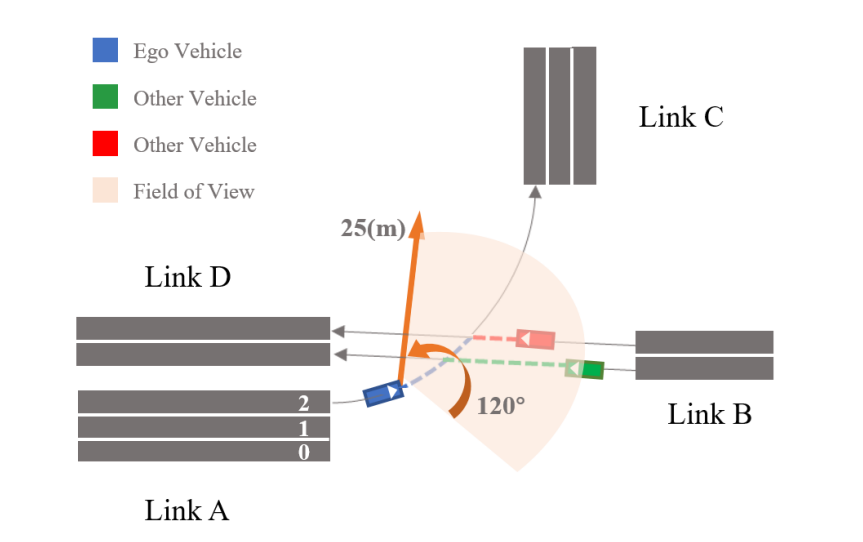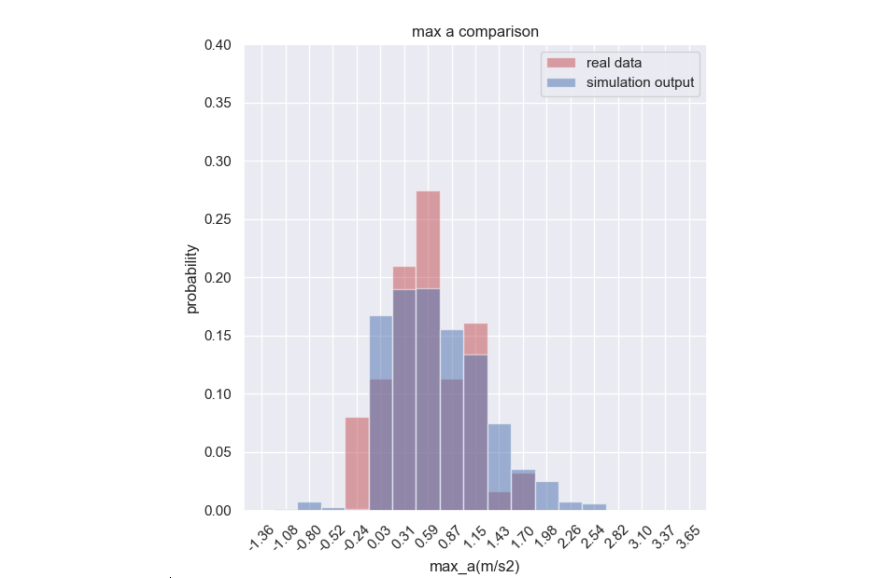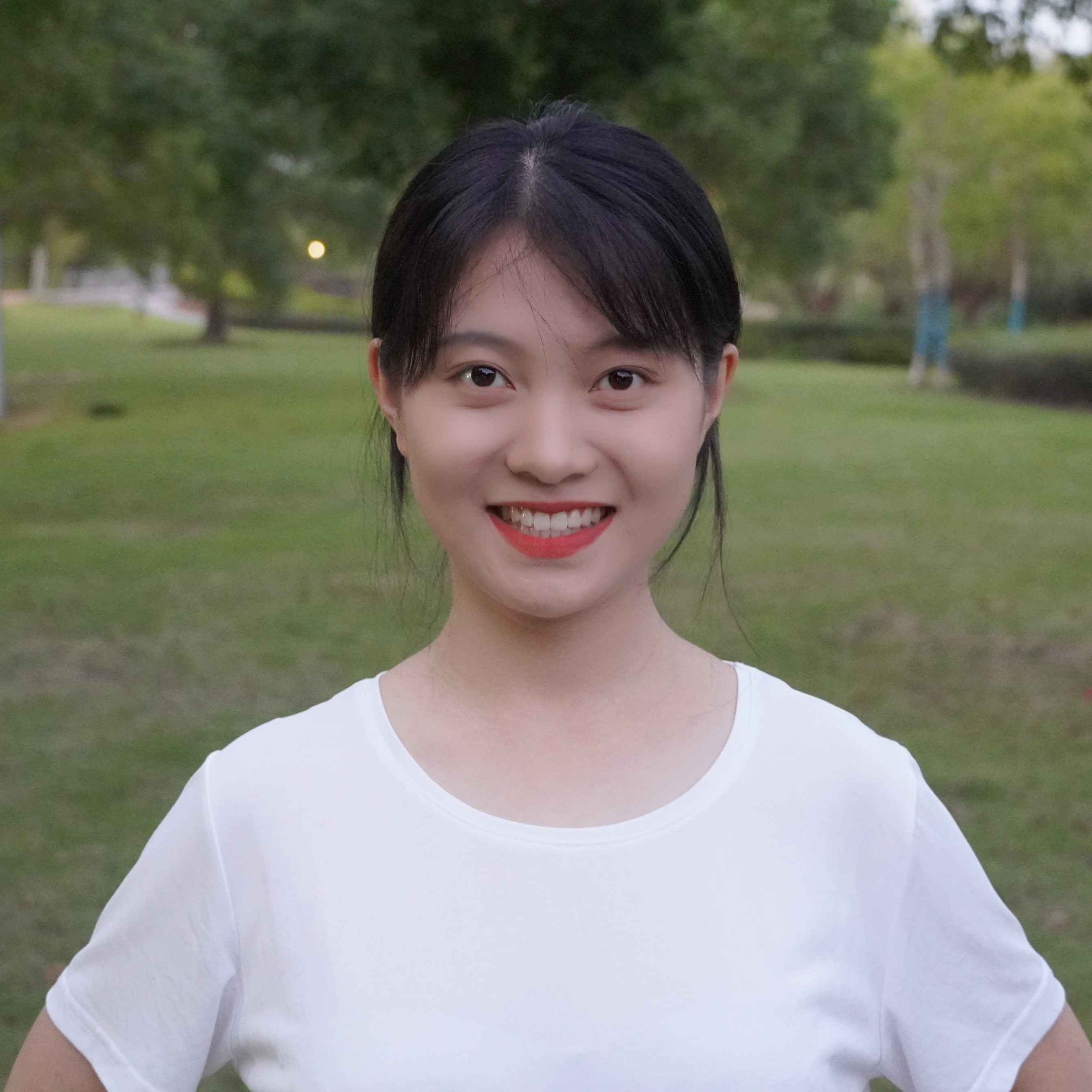Research
Research interests: Driving Simulator Experiment, Human-Computer Interaction, Trajectory Prediction, and Traffic Simulation.
RESEARCH EXPERIENCE
Modeling the influence mechanism of emotions on driving behavior in pre-crash scenarios for ADAS application
- A driver trajectory prediction method addresses the false alarm of the active safety system by considering the influence of the driver’s abnormal emotions.
- The prediction model takes into account both the physical movement features and cognitive features, and the accuracy of the prediction method is verified through realistic driving simulator experiments.
- The stimulus-organism-response theory is referred to describe the influence mechanism of abnormal emotions on driving behavior. The driver’s dynamic cognitive features are further extracted.
- Compared with advanced models, the proposed trajectory prediction method has significantly lower errors, especially in the scenarios of unprotected left turns and the sudden braking of the front car.
- This method can be integrated into the active safety system, making the system better adapt to drivers in abnormal emotions, and effectively reducing false alarms.
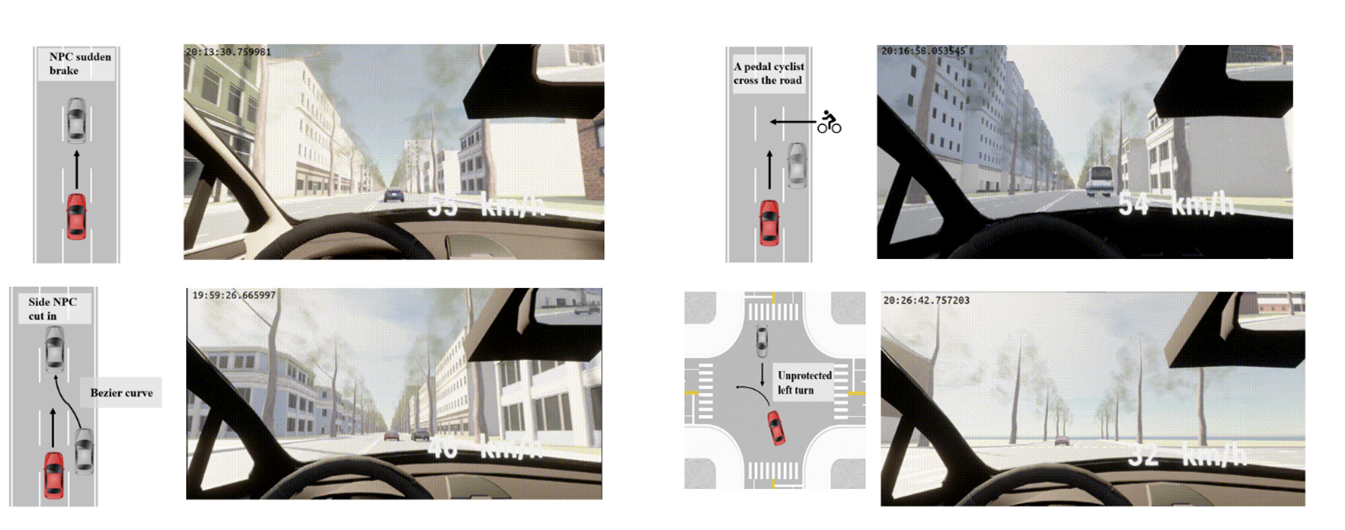
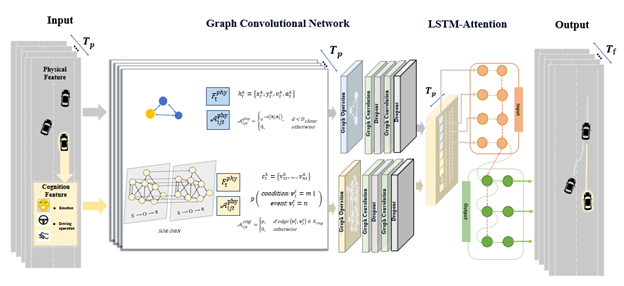
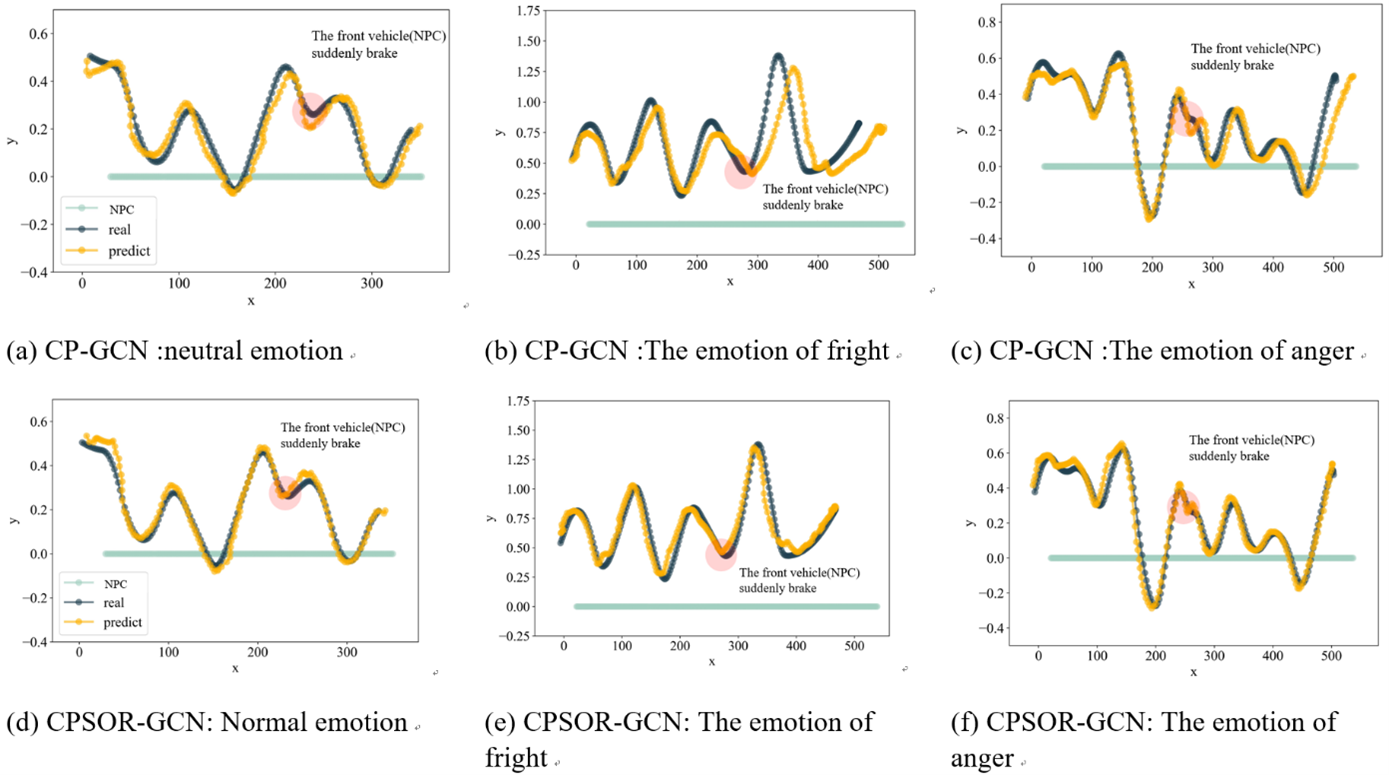
Calibration of lane-drop bottleneck micro simulation model accelerated by parallel computing
- A microscopic traffic simulation calibration algorithm based on parallel computing to solve the problem of long time and low efficiency of the heuristic calibration algorithms.
- A microscopic simulation model was built on SUMO. Parallel computing technology is applied to heuristic calibration algorithms so that the simulation model can accurately reproduce actual traffic flow.
- Implemented the parallelization of the genetic algorithm (GA) and particle swarm optimization (PSO) calibration algorithm Following the three steps of parallel framework selection, algorithm bottleneck identification, and subtask load balancing.
- The proposed parallel calibration algorithm can shorten the calibration process from 5 hours to less than 1 hour, reducing the calibration time by 80%.
- The results of this study help to achieve rapid calibration of microscopic traffic simulation parameters.
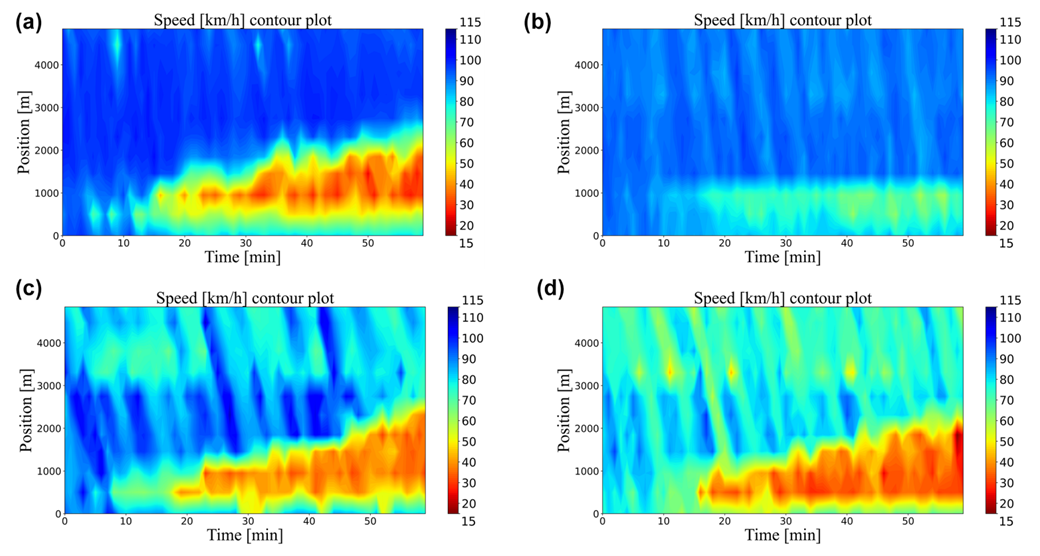
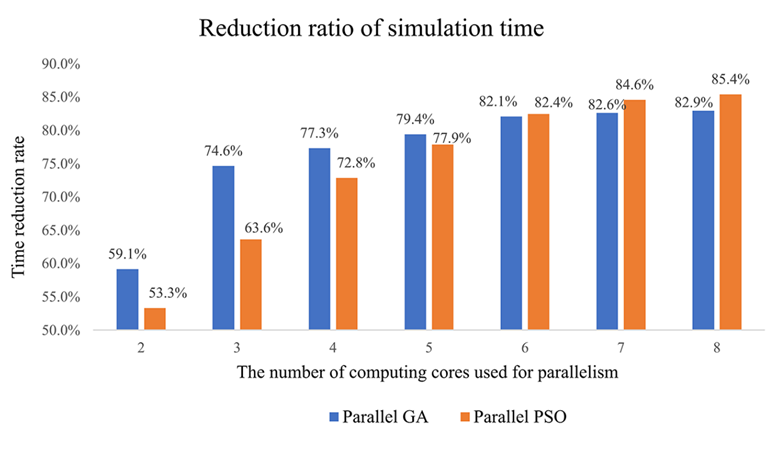
Project: Driver Modelling and Scenario Generation – Huawei Technologies Co., Ltd.
- Established a multi-style driver model of left-turn vehicle interaction at the intersection based on the actual collected trajectory data to meet the heterogeneity of drivers in the actual traffic environment.
- Deployed the established driver model in VTD simulation software and provided a test environment that can adjust the heterogeneity of traffic flow for the autonomous driving algorithm.
